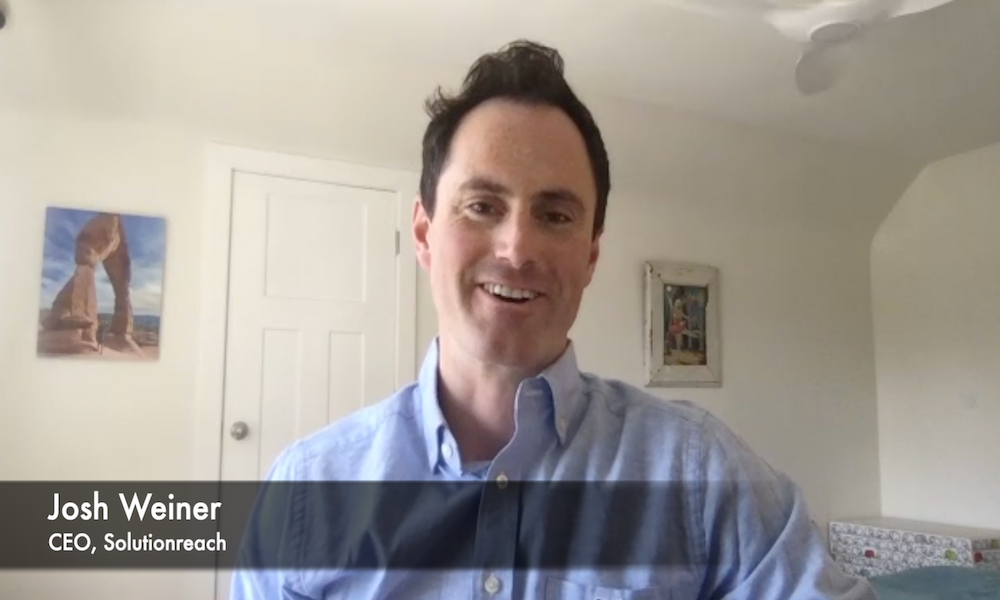Technology Takes the 'Ouch' Out of Practice
Stories from the trenches: A lesson on not shying away from regular - and objective - examination of your records management processes in battling against the paper bulge.
A dislocated thumb, shoulder surgery, and painful lessons in protecting patient privacy are just a few of the hurdles Brenda Izen cleared on her way toward freeing her practice from paper charts.
Izen, a family physician, is no technophobe. A year and a half after implementing an EMR system, her Missouri practice has achieved what many still dream of -- an almost completely paperless environment, with staffing levels reduced by a third. But the truly significant savings come in the form of time -- charts are always at hand, readily accessible to any staff member who needs them.
Izen says the site visits she and her office manager conducted before choosing the system were invaluable: "It took away all the unrealistic expectations."
Welcome to real-time
Gone are the days of handwriting patient notes and prescriptions that, four years ago, resulted in a painful dislocated thumb for Izen. Each of the practice's exam rooms is equipped with a PC (chosen over tablet computers after careful deliberation), 17-inch monitor, and printer, allowing providers to update patient histories in real-time, and to print prescriptions and instructions on the spot.
And real-time documentation doesn't mean an interruption to the physician's connection to the patient. Izen uses a pullout keyboard tray that swivels -- that way, Izen says, "I'm actually looking at the patient when I'm entering the data." Patients love it.
All the checks and balances are in place, too. Izen, her partner, Leo Warren, and two nurse practitioners each have a laptop that houses the complete patient database. Including the office server, this means the practice maintains five complete sets of its data. The server is backed up to an external hard drive each night, and many of the data files are backed up to DVDs as well.
"You have to keep patient records for so many years, and even then you feel guilty getting rid of them," says Izen. "I'd much rather keep two DVDs forever than whole rooms full of files." Those two DVDs house information that used to require seven bulky filing cabinets.
No more heavy lifting
Sometimes, it felt to Izen as if she were practically carrying those old filing cabinets around with her. Before going high-tech, she routinely lugged home several boxes each evening to finish the day's chart notes. "It was like moving every day," she says. Eventually, as a direct result of her daily paper battle, Izen suffered a shoulder strain, then a frozen shoulder, which became tendonitis that required surgery. "Now I just take my laptop and it's so easy. ... One little laptop -- that's all," she marvels.
Izen now aims to completely finish the encounter note before she leaves an exam room. She's getting closer to realizing this goal, as many charts require no more than a few extra minutes to finish up an assessment or plan.
A lock on patient privacy
Asked if she worries about the security of those patient files on the laptops and DVDs -- which are, after all, designed to be highly portable -- Izen laughs. "No. It was the paper charts that were really insecure. I remember coming out of an exam room, and a patient was saying, 'I know that person!' She had another patient's file in her hand! I took it away from her and said, 'You can't be reading that!' The chart was lying in a stack on the nurse's desk, waiting for someone to take some action on it. The patient was standing there waiting to schedule a follow-up, saw a name she recognized, and started flipping through the chart."
An all-out scanning effort targeting the practice's older patient records will soon eradicate those problematic stacks of paper charts, but security features like double password protection on each provider's laptop also ensure that, should the computer fall into the wrong hands, no one would be able to read about their neighbor's new Viagra prescription.
And further safeguards are in place with the scanning process, too -- every file is compared against the original to verify that all information in the paper folder has made it into the electronic version in legible form.
Izen's practice, Primary Care of Wildwood, also uses a host of ancillary products -- tools like remote-access software and a small scanner for copying patient insurance cards further the aim of dispensing with paper. And the practice plans to buy a new server and software to allow for electronic receipt of faxes.
The lesson to be learned from this self-taught techie? Don't shy away from regular -- and objective -- examination of your records management processes. Even simple tools can make all the difference in a practice's battle against the paper bulge.
This article originally appeared in the September 2005 issue of Physicians Practice.
Cybersecurity breach reports low during the pandemic
September 7th 2020A new report from CI Security suggests cybersecurity breaches were lower during healthcare's rapid transition to virtual care throughout the pandemic. In this episode of Perspectives, we look at why this might be and other aspects of their report with CI Security's Healthcare Executive Strategist, Drex DeFord.







